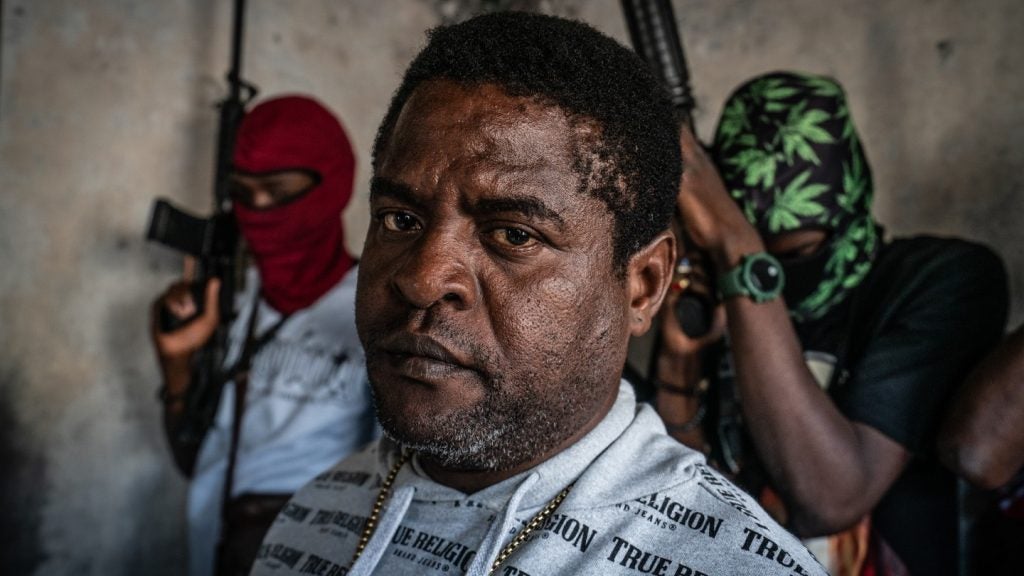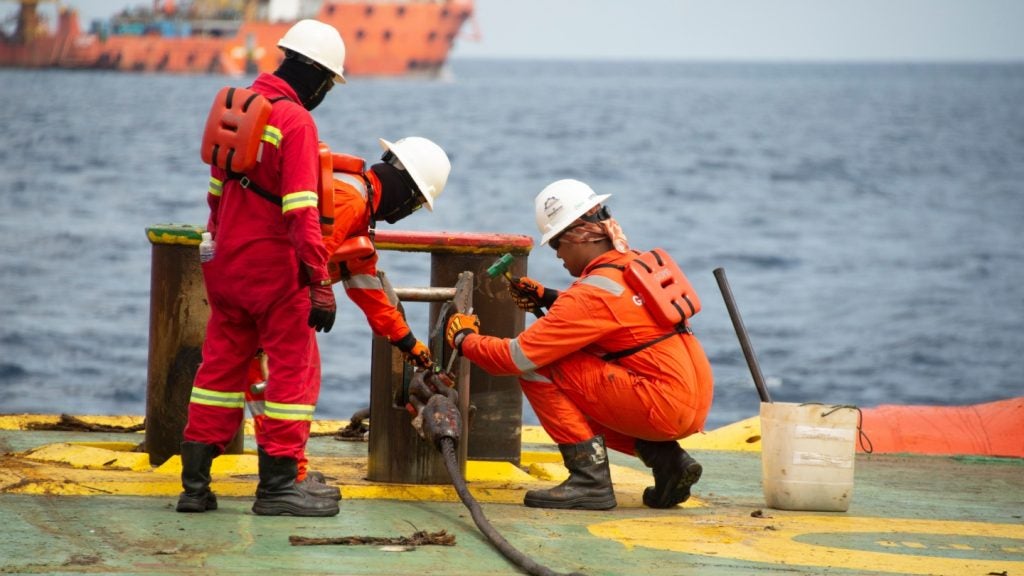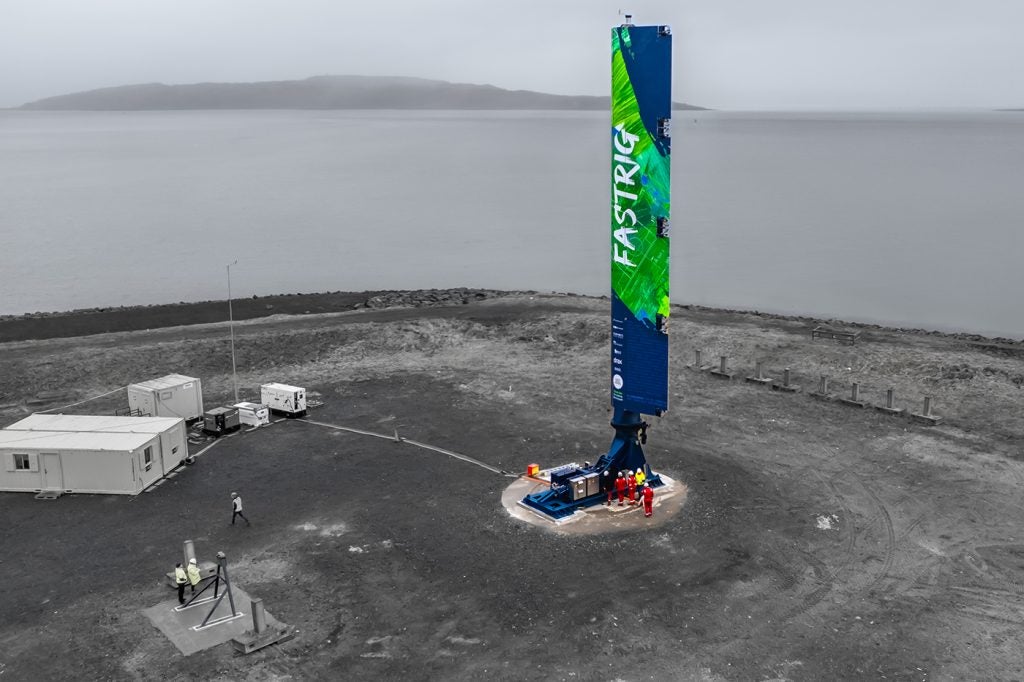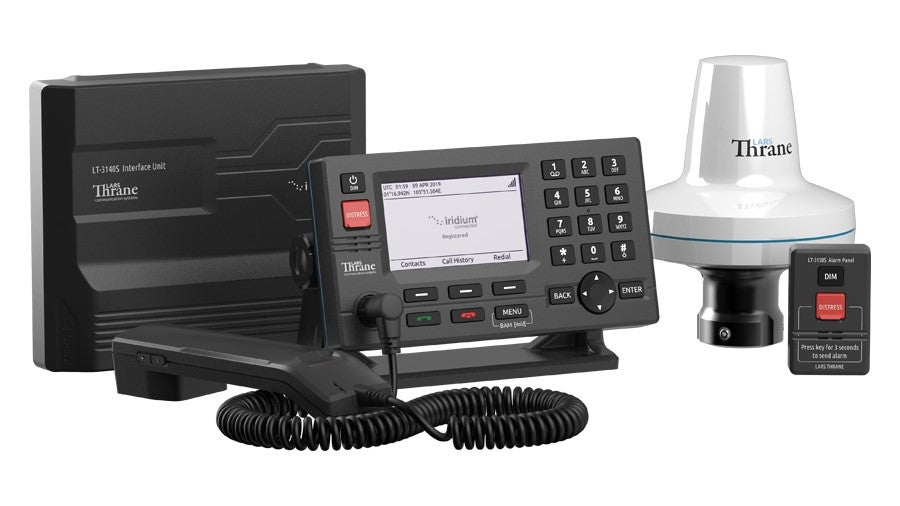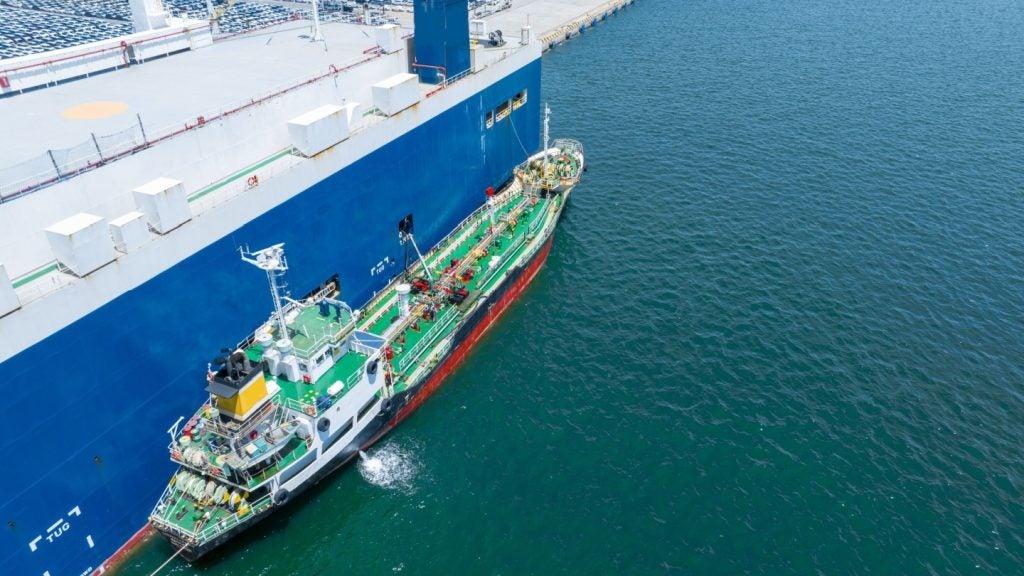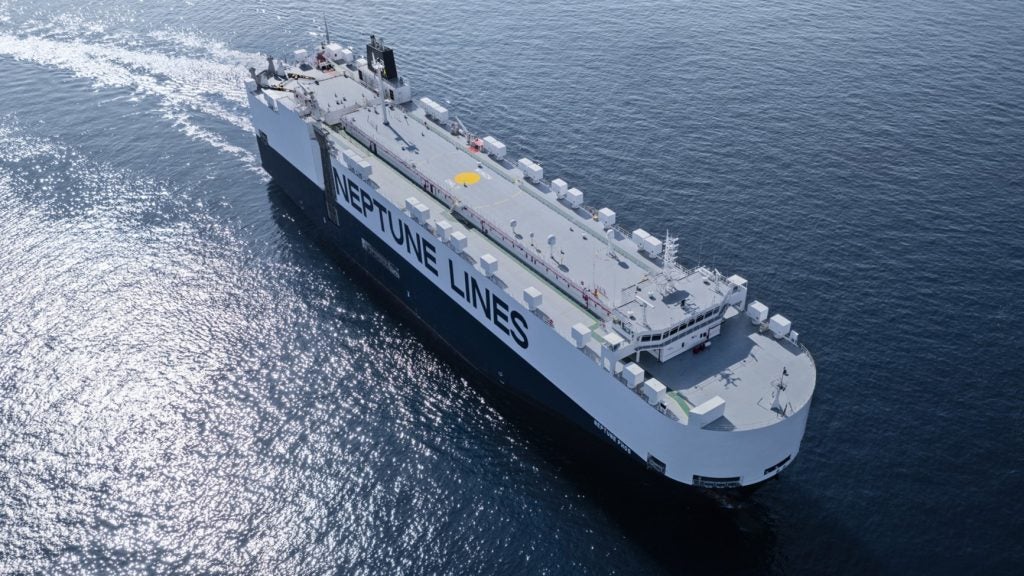Escalating violence has prompted Haiti to extend its state of emergency from three days to a month as heavily armed gangs continue to sack hospitals, police stations, prisons, homes, stores – and the Caribbean country’s main port and airport in Port-au-Prince.
Led by the ‘G9 Family and Friends’ gang alliance and its infamous leader Jimmy ‘Barbeque’ Chérizier, there have also been attacks on the National Palace and Interior Ministry.
This state of near-anarchy and low-scale civil war has prompted US Secretary of State Antony Blinken to today (12 March) announce an additional $100m for a multinational task force to intervene, bringing the US proposed total to $300m.
Chérizier has vowed to fight any UN and US-backed taskforce, which looks to be led by Kenya.
It has also left Haiti on the verge of a humanitarian crisis, UN spokesperson Marta Hurtado tells Ship Technology.
“Following the crisis of the past few days, the UN Human Rights Office has warned that health infrastructure in Haiti is on the brink of collapsing,” Hurtado says. “Thousands are being impacted by a severe shortage of medicines and the absence of medical staff. Violence in Port-au-Prince has disrupted humanitarian access and operations, resulting in severely limited access to food, water and hygiene kits.”
The World Food Programme has suspended its shipping services in Port-au-Prince from distributing aid across Haiti.
G9’s control over Port-au-Prince’s largest slums and most important roads has allowed Chérizier to paralyse the country’s supply systems – cutting off petrol supplies and forcing hospitals to close.
“Very soon, if there isn’t an aerial, port or road opening, all hospital institutions, including Médecins Sans Frontières (MSF), will be unable to continue providing care,” said Jean-Marc Biquet, head of MSF in Haiti.
Which Haitian ports are affected?
There is virtually no shipping activity in and around Haiti’s main ports of Port-au-Prince, Cap Haitien and Jacmel, data from Marine Traffic shows.
As Haiti’s busiest port, importing building materials, grains, soya, food, petroleum and oil, the forced closure of Autorité Portuaire Nationale (APN) in Port-au-Prince is particularly concerning.
Last week, the G9 attempted to destroy the electrical power supply for Caribbean Port Services, APN’s main container terminal.
Neither Caribbean Port Services nor APN responded when approached for comment.
The terminal has shut down, while the storage yard was reportedly ransacked.
APN handles approximately 800 ships, 2.78 million tonnes of cargo and 86,000 TEUs annually, according to Marine Insight.
Cap Haitien, Haiti’s second busiest port, handles 450 ships and 88,430 tonnes of cargo each year – and is important largely because of its proximity to the neighbouring Dominican Republic.
While attention has focused heavily on the limited importation of supplies amid the ongoing turmoil, human rights experts have also directed attention on arms exports transiting through US ports.
“There's not a single gun or bullet that's manufactured in Haiti,” says Bill O'Neill, UN Human Rights Expert on Haiti. “Almost all of it comes from the United States, a lot of it directly from the Port of Miami. The balance of it comes from the United States through either Jamaica or the Dominican Republic. But it basically all gets traced back to the United States.”
Will there be an international intervention in Haiti – and when?
Another key issue underpinning the crisis in Haiti is the topic of a UN intervention.
On 2 October 2023, the deployment of a multinational, Kenya-led security support was approved by the UN’s Security Council.
Five months down the line, however, “there is still no presence on the ground”, Hurtado tells Ship Technology.
Calls for a UN intervention in Haiti have been met with protests in a country where a Sri Lankan-led UN peacekeeping mission in 2007 saw hundreds of sexual abuse allegations.
But pressure for an intervention is ramping up as Haiti descends into a state of anarchy, which was exacerbated when 4,000 inmates escaped from the main prison in Port-au-Prince last week.
Amid calls to resign from the G9 gangs – and reported pressure from the US State Department – Haitian Prime Minister Ariel Henry today (12 March) announced his resignation, once a transitional presidential council has been created.
Earlier this month, Henry's return flight to Haiti was blocked by the G9, which occupied the runways in Toussaint Louverture International, Port-au-Prince, upon his return from a diplomatic mission in Nairobi.
Any arriving task force is expected to face similar difficulties upon arrival in Haiti.
Who are Jimmy ‘Barbeque’ Chérizier and the G9?
Comprised of the gangs of Lower Delmas, Bel Air, Belekou, Boston, Carrefour Drouillard, Chen Mechan, La Saline, Pierre VI, Simon Pelé, Terre Noire, Tokyo and Wharf Jérémie, the G9 is heavily concentrated in Haiti’s capital.
Its stronghold is in the Delmas and Cité Soleil districts where a recent MSF survey found that violence has been the cause of 40% of all deaths.
11 other criminal organizations in Port-au-Prince maintain friendly relations with the G9, according to a 2020 report by the Haitian National Human Rights Defence Network, a relationship known as the ‘G20’.
Jimmy ‘Barbeque’ Chérizier – whose nickname is said to reference the incinerating of victims – has vowed to fight the UN taskforce.
“Cherizier is on the sanctions list of the US, Canada and the United Nations – notably for his involvement in the Saline massacre in 2019,” Hurtado adds. “[He] has claimed responsibility for some of the recent attacks and said in a video that his goal was to capture Haiti’s police chief and government ministers and to prevent the return of interim Prime Minister Ariel Henry.”
With the prospect of Henry's return fading by the hour, all eyes now turn to the expected clash between Jimmy Chérizier's G9 gangs and the UN multinational task force.
Lying in the balance is the safety and welfare of 12 million Haitians.


